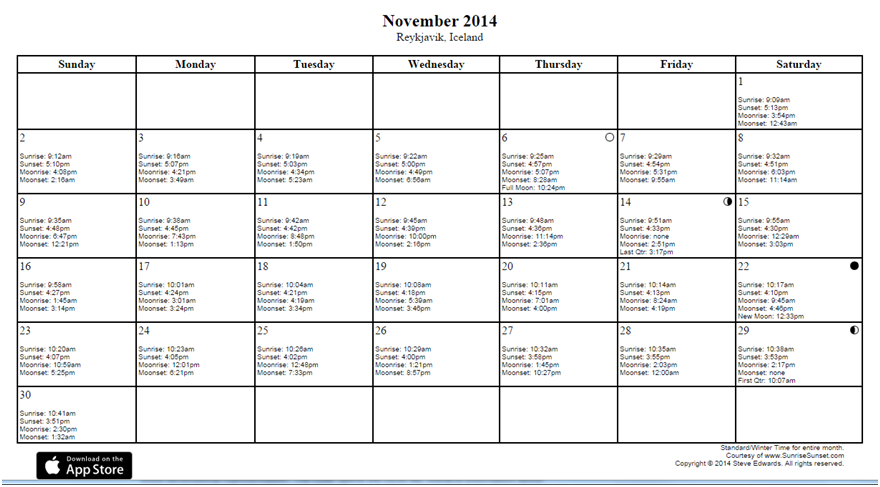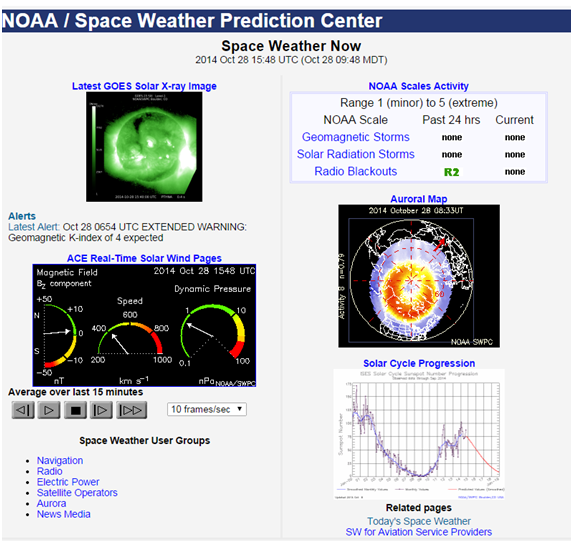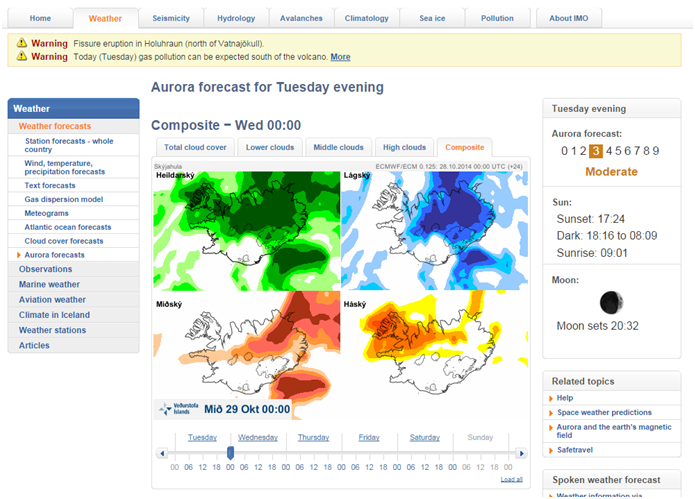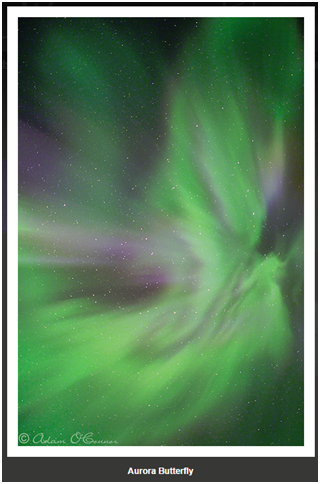Vacation Planning, Scientifically
Anonym
Ok, so if it hasn’t been made abundantly clear, I’m a nerd. I like order, predictability, and tools to help me create that. My husband and I were lucky enough recently to take a vacation to Norway and Iceland. Sitting on the beach sounds nice, but in practice most of our vacations end up being offseason in cold places with poor lodging/dining options and limited information about weather.
Well this trip was no different, except for the limited weather info bit. Like any proper space geek, I like Auroras. There is an other worldliness that never ceases to amaze. Seeing them is bit of a challenge in continental US. Since we had vacation hours to burn, we decided to head north and try our luck. But seeing an Aurora on vacation vs. seeing one if you live in a country that regularly experiences them requires planning and flexibility. There are 4 things you need to see an Aurora:
1. Extreme Northern or Southern latitude (though strong solar activity means auroras can be seen much further south or north)
2. Darkness
3. Solar Activity (even low level)
4. Clear Skies
Darkness is easy to plan for -- a sunrise/sunset calendar and moonrise/moonset calendar (less moon is better) like the ones you can generate here https://www.sunrisesunset.com/predefined.asp. It’s also available as an app at the AppleStore, so you can have it on your iPad/iPhone for those times when you’re in the middle of nowhere.

NOAA’s Space Weather Prediction Center (SWPC) here in Boulder is my go to for solar activity (and uses IDL for a lot of their visualization products) https://www.swpc.noaa.gov/. The effects of a solar flare or Coronal Mass Ejection (CME) takes about 3 days to reach the earth. The display of an Aurora is also impacted by solar wind, the earth’s geomagnetic field, and other factors. SWPC has current space weather and predictions. It also provides information on the strength of the solaractivity, where the auroral ovation can be seen and a lot of additional information you can totally geek over. Stronger CMEs can result in a wider range of colors, the most typical aurora color seen is green.

OK great, so we have darkness, we know what’s happening with the sun, but all of that is worthless if it’s cloudy. Again if you live in Reykjavik, you can just pop out your door every night and take a look, but if you’re in Iceland on vacation and want to see Northern Lights, you have to check weather and keep your itinerary flexible. While in Norway, we just flat out lucked up -- a great Northern lights display despite the“cloudy” symbol at https://www.yr.no/nb for our location. YR.NO is a GREAT website for international weather radar and precipitation prediction, but I was never able to get a cloud cover prediction. Iceland’s Met office, https://en.vedur.is/weather/forecasts/aurora/, knowing Aurora viewing drives tourism, has a fantastic tool for cloud forecasting, which we were able to use to get to clear skies and an amazing Aurora experience. You can see in the graphic below forecast for various cloud layers and that the south eastern part of Iceland has an excellent chance for viewing an Aurora this evening.

The Icelandic Met office also has volcano activity, gas forecasts, seismicity, and pretty much anything you want to know about current meteorological, geological, hydrologic conditions in Iceland. Finding this information was key to my husband, Adam O’Connor, getting pictures like this:

What excites me about information like this is pulling together numerous remote sensing data sources (Stereo data, GEOS, POES, NPP,SOHO, models etc) for something fun. While most of this information is available in the name of public safety and risk mitigation, its second job provides people with a chance to witness one of the best marvels of being a citizen on planet earth.
Follow me @asoconnor